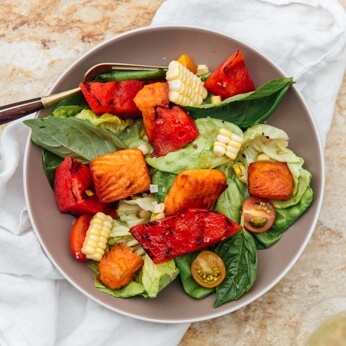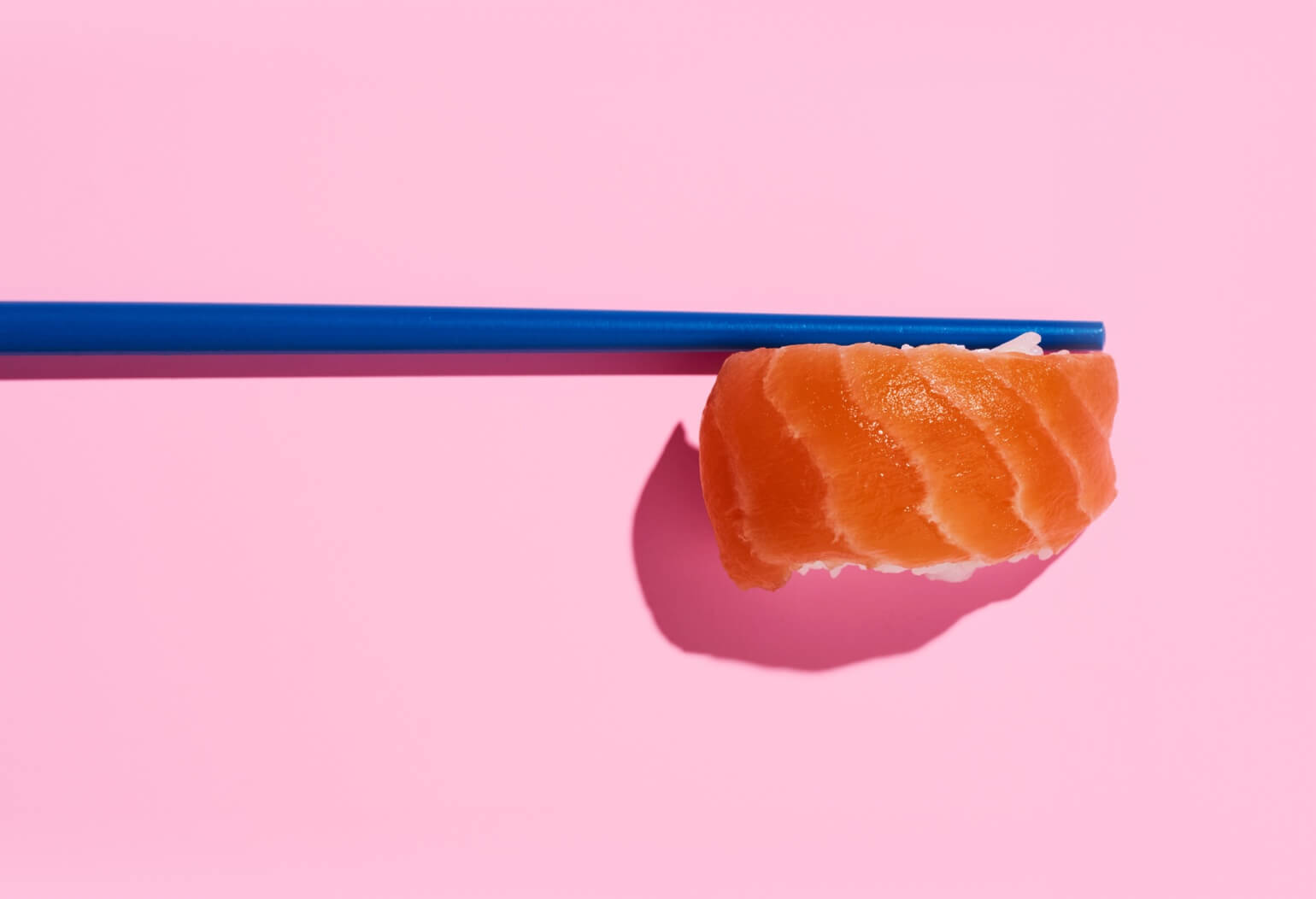Our fish is not wild caught, but it’s not traditionally farmed, either. Our fish are raised in an innovative, land-based Bluehouse in Florida. The Bluehouse is a safe, sustainable, fish-friendly, fully controlled environment where our salmon swim healthy, happy, and stress free.
Questions
- Bluehouse
- Fish Welfare
-
Ecological Responsibility
- How does Bluehouse Salmon impact our oceans and climate?
- If I eat Bluehouse Salmon, am I protecting wild fish populations?
- How can I verify that Bluehouse Salmon is an eco-friendly choice?
- Should I be concerned about microplastics?
- What happens to your fish wastes?
- Does your facility run on renewable energy?
- Is your packaging environmentally friendly?
- How does so much garbage end up in the ocean, anyway?
Answers
Is your fish farmed or wild-caught?
What is a Bluehouse?
Why grow fish on land, away from the ocean?
Is Bluehouse Salmon good for you?
Why should I choose USA-raised salmon?
Is Bluehouse Salmon high quality?
Is Bluehouse Salmon safe?
What makes Bluehouse Salmon pink?
Where do your salmon come from?
What’s life like for salmon in the Bluehouse?
What do you feed Bluehouse Salmon?
Our salmon eat an all-natural, antibiotic-free diet rich in vitamins, minerals, soy, and wheat. Our feed includes algae oil, fish meal and oils sourced from trimmings and by-products that would otherwise become food waste. Our use of by-products minimizes pressure on scarce marine resources and furthers conservation efforts. We’re always striving for more sustainable methods, including working with our feed suppliers to incorporate alternative protein options.
How does Bluehouse Salmon impact our oceans and climate?
If I eat Bluehouse Salmon, am I protecting wild fish populations?
How can I verify that Bluehouse Salmon is an eco-friendly choice?
Should I be concerned about microplastics?
What happens to your fish wastes?
Does your facility run on renewable energy?
Is your packaging environmentally friendly?
How does so much garbage end up in the ocean, anyway?



